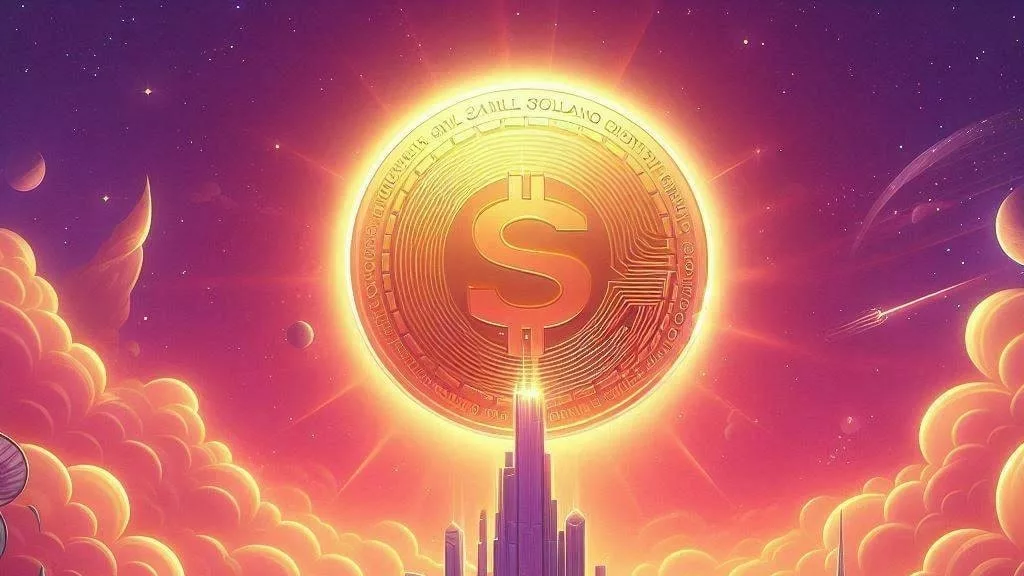
Polygon (POL), a popular Ethereum layer-two scaling solution, has become a crucial player in the blockchain space. By offering faster and cheaper transaction solutions compared to Ethereum, Polygon has attracted substantial interest from developers, enterprises, and investors. However, after hitting an all-time high (ATH) of $2.92 in December 2021, POL has faced significant declines, trading at just $0.259 as of February 2025. Despite these setbacks, many analysts remain optimistic about the token’s future. So, will Polygon recover its ATH and perhaps reach new heights by 2031?
As of late February 2025, Polygon’s price is showing bearish sentiment, having dropped over 9% in the last 24 hours. The price is currently testing the critical support level at $0.25. If this level holds, there could be a short-term recovery. However, the market remains volatile, with the 14-day RSI at 30.33, signaling that POL is oversold, and bears are in control of the market. Resistance is currently at $0.2902, and if the price fails to break above this level, POL could drop further to around $0.2403.
Despite these bearish indicators, there are signs of potential reversal. The buying pressure near $0.25 is worth noting, as it could prompt a bounce back to higher levels. Investors should keep an eye on key resistance points, as a breakout above $0.2902 could drive POL higher, potentially reaching $0.3466 in the near term.
Looking ahead to 2025, many analysts expect POL to recover and rise significantly. Based on Polygon’s growing ecosystem and its ongoing technological advancements, the price is forecast to reach a minimum of $1.34, with a maximum potential of $1.57. This forecast assumes the cryptocurrency market experiences moderate growth and that Polygon continues to expand its use cases, including its partnerships in NFTs and decentralized finance (DeFi).
Polygon’s scalability solutions are a key factor driving its potential. With its ability to handle up to 65,000 transactions per second (TPS), Polygon offers a more efficient and cost-effective alternative to Ethereum. As the demand for scalable blockchain solutions continues to rise, POL could see a boost in value.
The long-term outlook for Polygon appears even more promising. By 2026, analysts predict that POL could reach a minimum price of $2.07, with the possibility of hitting $2.39 at its peak. This growth is expected to continue through the following years, with projections suggesting that POL could reach between $3.03 and $3.60 in 2027.
By 2030, some forecasts estimate that POL could hit a maximum value of $10.51, while 2031 might see the price soar to an impressive $13.01. These optimistic projections depend on several factors, including increased adoption of Polygon’s technology, partnerships with major companies, and Polygon’s continued innovation, such as the rollout of Polygon 2.0 and zero-knowledge rollups.
The idea that POL could surpass its ATH of $2.92 and even reach $10 by 2030 is feasible, especially considering Polygon’s expanding influence in sectors like NFTs, gaming, and DeFi. If Polygon maintains its growth trajectory and gains more regulatory recognition, it could potentially surpass the $10 mark in the next decade.
The success of Polygon 2.0, along with its current use by major companies like Starbucks and Disney for blockchain-based loyalty programs, could propel POL to new heights. However, much will depend on the overall market conditions, technological developments, and broader adoption of blockchain technology.
Despite its recent struggles, Polygon remains a promising investment in the long run. With its strong technological foundation and growing ecosystem, POL is well-positioned to recover and achieve new highs in the coming years. While short-term volatility is inevitable, the potential for significant growth in the next decade makes Polygon a solid option for long-term investors. If the platform continues to innovate and expand, it could very well see its price reach the $10 milestone by 2030 or even higher in 2031.


Get the latest Crypto & Blockchain News in your inbox.